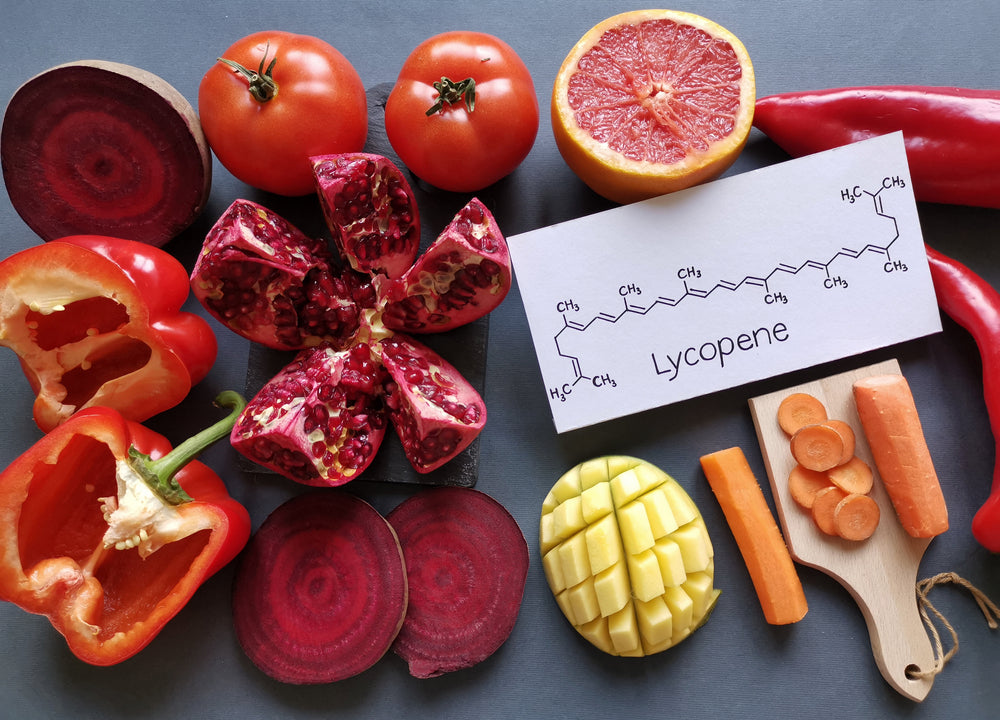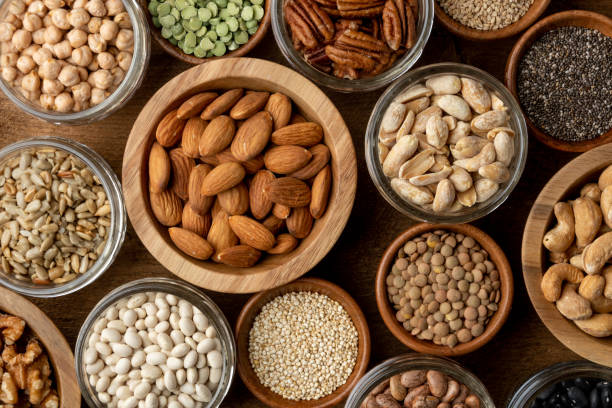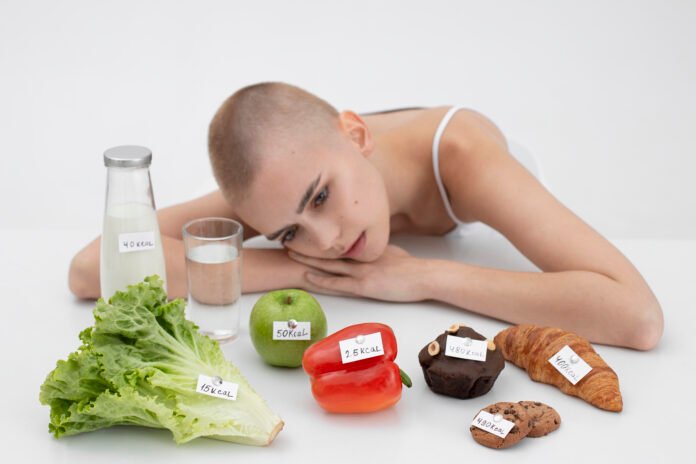What is DHT?
Dihydrotestosterone (DHT) is a powerful androgen hormone that contributes to many of the traits typically associated with men, including a deeper voice, increased muscle mass, and body hair growth. While DHT is essential for male development, it also has a downside: it’s one of the primary factors contributing to male pattern baldness.
How Does DHT Contribute to Hair Loss?
DHT isn’t just a concern for men—women also produce it. It’s present in the adrenal glands and hair follicles in both sexes. As women age, hormonal changes—especially declining estrogen levels—can cause DHT to have a stronger effect, leading to female pattern baldness. This type of hair thinning becomes more common with age, largely due to shifts in hormone balance.
Why Does DHT Cause Hair Loss?

DHT (dihydrotestosterone) is a powerful androgen hormone made when an enzyme called 5-alpha reductase converts testosterone into DHT. While DHT plays an important role in sexual development, too much of it, especially in women, can lead to problems.
Unlike men, women don’t typically suffer from low DHT levels. Instead, excess DHT is the issue. As estrogen levels naturally decline with age, the balance between estrogen and testosterone is disrupted, often increasing the amount of DHT in the body. This surplus DHT binds to hair follicles, shrinking them, slowing down hair growth, and eventually stopping it altogether. This is what leads to female pattern baldness.
Although women rarely experience full bald spots like men, they often notice gradual thinning, a widening part, or a receding hairline. It’s frustrating and can feel embarrassing, but thankfully, it’s also manageable.
Best DHT-Blocking Foods for Women
Your diet plays a key role in supporting hormonal balance and healthy hair growth. Here are the top foods that help naturally block DHT or support your hair follicles:
1. Lycopene-Rich Foods: Tomatoes, Carrots, and More
Lycopene is a potent antioxidant known for blocking the enzyme that converts testosterone to DHT. You’ll find it in vibrant red and orange produce:

- Tomatoes
- Carrots
- Watermelon
- Mangoes
- Pink grapefruit
- Papaya
Pro tip: Add tomatoes to your salads, sip a mango smoothie, or enjoy fresh pink grapefruit at breakfast to effortlessly boost lycopene intake.
2. Fish (High in L-Lysine)
Fish is an excellent source of L-lysine, an amino acid that helps reduce DHT production. Some of the best choices include
:max_bytes(150000):strip_icc()/VWH-Nutrition-Lysine-1ab3d4855eca43b1a33527c56497c50c.jpg)
- Salmon
- Cod
- Sardines
Aim for at least 2 servings a week to get consistent benefits.
3. Nuts & Legumes
If you’re not a fan of fish, you can still get L-lysine through:

- Walnuts
- Almonds
- Pistachios
- Cashews
- Lentils and red meat
Snack on a handful of nuts daily or add legumes to your meals for an easy DHT-blocking boost.
4. Pumpkin Seeds
Pumpkin seeds contain delta-7 stearine, a natural steroid that inhibits DHT buildup in hair follicles. Since follicle blockage is one of the major causes of hair loss, pumpkin seeds are a simple yet effective option.
Keep a small bag with you for a healthy snack that supports your hair health.
5. Zinc-Rich Foods: Beef, Lamb, and More
While zinc doesn’t block DHT directly, it supports hair growth by promoting cell repair, hormonal balance, and protein synthesis. Great dietary sources include

- Beef
- Lamb
- Dark meat chicken
- Mushrooms
- Legumes
- Oatmeal
Create an entire meal with zinc-rich ingredients to feed your scalp from the inside out.
The Good News!
The best part? All the DHT-blocking foods mentioned above are easy to include in your everyday meals—and they work well together! For example, tossing nuts and lean meats into a fresh salad packs a powerful nutritional punch. Or try blending a lycopene-rich smoothie with mango, carrots, and a touch of grapefruit for a fast, budget-friendly boost.
Not only are you fighting DHT naturally, but you’re also building balanced, satisfying meals that keep you full and energized—way better than another bland salad topped with bacon bits and cheese.
What Else Can Help?
In addition to dietary changes, there are medical treatments, daily medications, and cosmetic products designed to slow or mask hair loss caused by DHT. These options can be effective, but it’s important to note that results typically only last during active use. Once treatment stops, hair regrowth often halts and may reverse over time.
Think about this first if you want to follow the natural food path.
Some women may be genetically predisposed to DHT’s harmful effects. After menopause, female pattern baldness typically becomes problematic. Women who will be affected will have begun to notice the characteristic thin spots at the top of their heads and close to their temples. Although there are many healthy ways to slow down stalled hair growth, it may not be possible to stop it (yet).
Before making significant dietary changes or adding supplements, you should speak with your doctor, as you should with any new diet. For instance, excessive zinc intake can result in additional detrimental health issues. Consult your doctor to make a decision the best choice for you.
